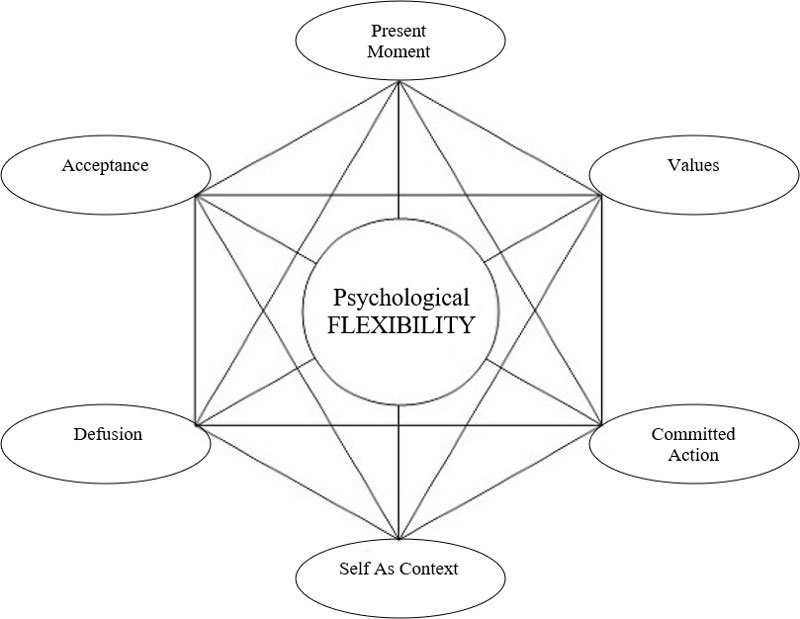Defusion
Cognitive defusion techniques attempt to alter the undesirable functions of thoughts and other private events, rather than trying to alter their form, frequency or situational sensitivity. Said another way, ACT attempts to change the way one interacts with or relates to thoughts by creating contexts in which their unhelpful functions are diminished. There are scores of such techniques that have been developed for a wide variety of clinical presentations. For example, a negative thought could be watched dispassionately, repeated out loud until only its sound remains, or treated as an externally observed event by giving it a shape, size, color, speed, or form. A person could thank their mind for such an interesting thought, label the process of thinking ("I am having the thought that I am no good"), or examine the historical thoughts, feelings, and memories that occur while they experience that thought. Such procedures attempt to reduce the literal quality of the thought, weakening the tendency to treat the thought as what it refers to ("I am no good") rather than what it is directly experienced to be (e.g., the thought "I am no good"). The result of defusion is usually a decrease in believability of, or attachment to, private events rather than an immediate change in their frequency.
Click Below to Read More About Each Component

